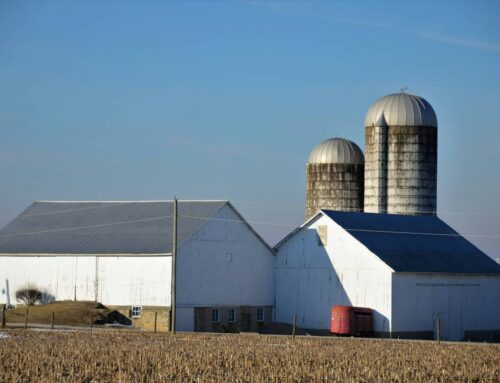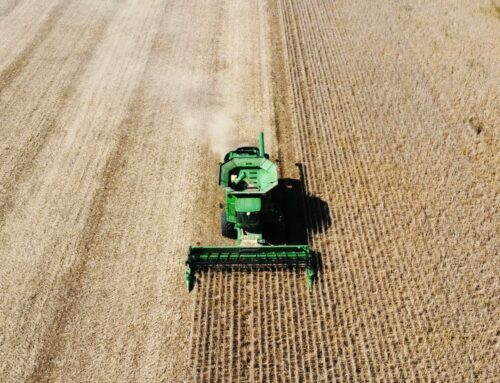Today’s updated 2024 Farm Income Forecast from USDA’s Economic Research Service (ERS) provides a reality check for farm sector special interests that have spent the last year predicting impending economic doom for the US agriculture sector.
Instead, ERS projects net farm income, the broadest measure of farm sector profits, which will run at $140.7 billion in 2024. Rather than a down year, this net farm income level would actually be 15.9 percent ($19 billion) above the average income experienced over the last twenty years (2004-2023). It also would mark a stark turnaround from the initial predictions USDA made in February. At that time, the USDA projected a net farm income of $118.1 billion, just shy (98.7 percent) of the 20-year average.
This higher-than-average net farm income comes on the heels of an unprecedented run of profitability for agriculture. Three of the top five most profitable years for agriculture in the last five decades occurred in 2021, 2022, and 2023, including a net farm income record of $196 billion in 2022. The forecasted level for 2024 would be the sixth most profitable year since 1973.
In what should also be seen as good news, ERS projects that traditional farm bill and “emergency” ad hoc income subsidies will be $10.6 billion and account for merely 7.5 percent of net farm income. This would be even less than 2022, the year of record farm profitability, when taxpayer subsidies accounted for 8.6 percent of net farm income. To find a year when farm income subsidies made up a smaller percentage of net farm income, you would have to travel to 1981.
Farm sector interests are sure to respond to these numbers with their usual stories of doom and gloom. By pointing to income “falling” compared to the record-setting levels of 2022, special interests can mislead lawmakers regarding the financial health of the farming sector. And their pleadings are likely to find sympathetic ears. Lawmakers are expected to accede to President Biden’s request and include at least $21 billion in “emergency” farm income subsidy funding in a lame duck supplemental appropriations package. While supposed income losses from natural disasters in 2023 and 2024 justify these funds, any lame duck appropriated funding won’t be doled out until 2025, at the earliest. Thus, at minimum, taxpayers can expect to provide a $21 billion boost to 2025 net farm income regardless of what the markets bring.
Taxpayers can afford to provide a cost-effective, transparent safety net that helps farmers and ranchers protect themselves from risks they can’t manage independently. Setting a year of record profitability as the norm and using unbudgeted “emergency” appropriations in an attempt to increase net farm income to achieve it, is not. With $36 trillion in debt, taxpayers simply cannot afford business-as-usual.










